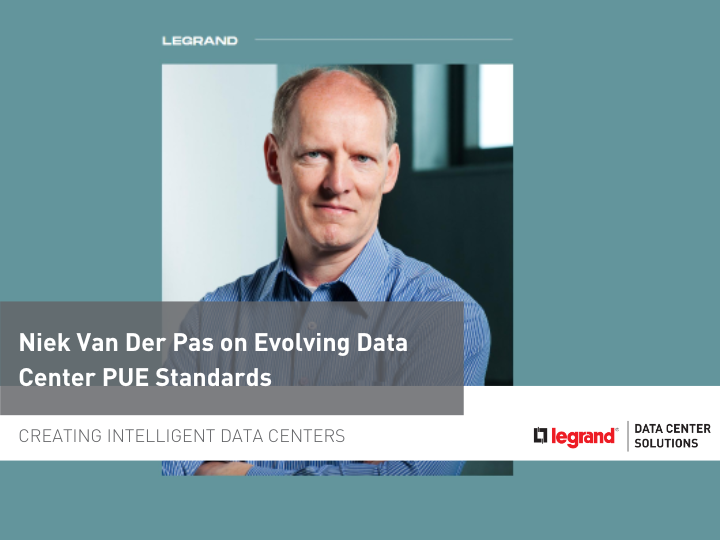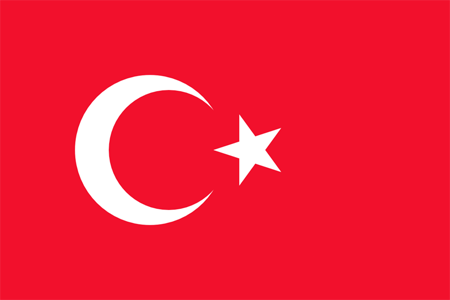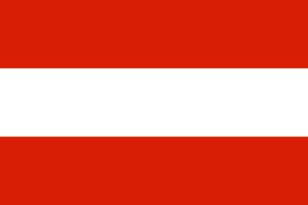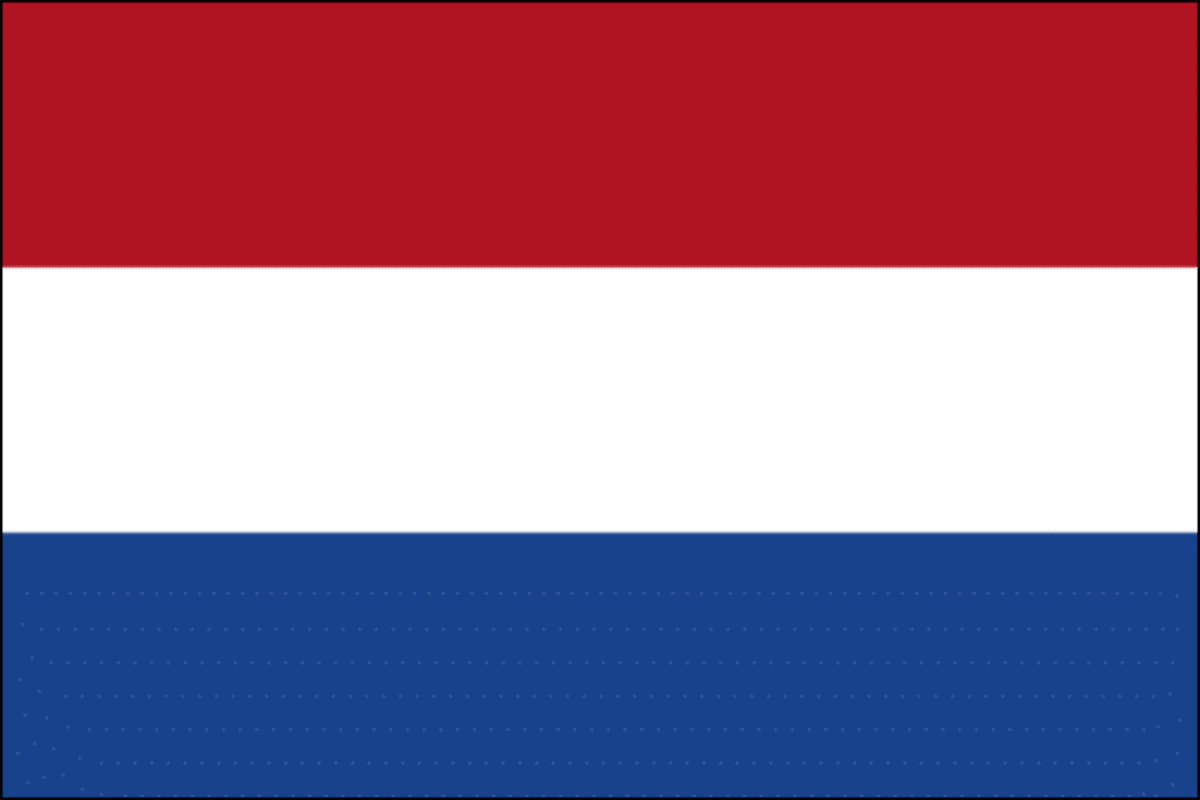Evolving Data Center PUE Standards: Challenges, Solutions, and the Call for Collaboration
Explore the evolving landscape of Data Center PUE standards in this insightful blog. Dive into the challenges, solutions, and the growing need for collaborative efforts in shaping future standards for improved data center efficiency and sustainability.
Over the last decade, there has been significant maturation in data center standards, with extensive efforts at both European and global levels. A comprehensive set of documents now guides the construction, measurement, and operation of data centers. The community actively utilizes these standards for designing, running, and certifying data centers, marking progress toward operational excellence, and paving the way for the next phase of standardization.
Evolution of Standards
With the introduction of these standards, valuable feedback has emerged, leading to initial rounds of revisions. Both industry players and legislators have adopted this toolkit, sometimes utilizing the tools differently than intended. Here is an illustrative example: The standards refer to environmental classes A1 to A4 as described in the ASHRAE Thermal Guidelines. The guidelines are intended to match the settings of the data center cooling equipment with the design envelope of the installed IT equipment. The interface of these two meets at the front of the equipment. Here's the catch: If a server's maximum intake air temperature is set at 27°C, it is not the same as a cooling unit setpoint of 27°C. The air might recirculate between the computer room air handler and the server, leading to a higher front-end server temperature of, let's say, 29°C. While most servers operate within their design specifications for short durations, prolonged exposure to elevated temperatures poses potential risks to reliability and warranty conditions.
Balancing Energy Efficiency and Setpoint Considerations
To counteract this challenge, you could consider increasing air pressure in the raised floor and cold aisle to prevent recirculation. However, this approach can undermine the energy savings initially intended. The fans of the cooling units will have to work harder, using more energy. Even when outside temperatures are low and the cooling system is in free cooling mode, raising the temperature to 27°C doesn't save any energy. A more flexible approach, like using a dynamic setpoint, might be harder to enforce, but it offers better potential for savings. So, implementing a fixed maximum temperature could lead to undesirable consequences.
Ongoing Revisions and Enhancements
The above example illustrates the challenges in implementing usable standards for different stakeholders. The ISO/IEC working group, Resource-Efficient Data Centres, is actively revising the Power Usage Effectiveness (PUE) standard introduced over seven years ago. Lively discussions during initial commenting rounds have generated valuable proposals for enhancement, reflecting a commitment to continuous improvement in data center efficiency.
Focus on Maturity Model Implementation in Europe
In Europe, the emphasis is on implementing the recently released version of the Maturity Model within the EN 50600 standards series. This comprehensive model covers all aspects of a sustainable data center and holds potential as a foundation for the EU Taxonomy model, replacing the outdated reference to TR 50600-99-1. Aligning with this model is recommended for consistent use across countries, especially as the Updated EU Energy Efficiency directive undergoes per-country implementation in the coming year. This strategic alignment aims to prevent unnecessary duplication of efforts and ensure a streamlined approach to implementing standards.
New German Energy Efficiency Act
Germany has taken a pioneering step by passing a new Energy Efficiency Act that mandates a PUE of 1.2 for new builds, effective July 1, 2026. However, a recent debate has emerged as the Amsterdam area, specifically the Province of Noord-Holland, is advocating a more stringent designed PUE of 1.16 – an "improvement" of 0.085, presenting a tough challenge.
To clarify, the difference between 1.2 and 1.16 is not a straightforward 0.04; instead, it is 0.085. This nuance became evident in discussions with a major engineering firm finalizing the design for a German data center scheduled to come online in the second half of 2026. The key distinction lies in the interpretation of the 1.2 PUE stipulated by the German Law, which is not precisely 1.20. Instead, the upper limit is 1.24999.
While this may seem like a minor discrepancy, it holds significant implications for the engineering company. A PUE of 1.20 would have necessitated a complete redesign of the data center. However, a PUE of 1.24999 falls within the acceptable error margin of the initial design. Therefore, the accurate calculation for the difference in PUE is 1.24999 – 1.16499 = 0.085.
As the PUE approaches 1, every incremental improvement becomes critical. A mere 1% increase in loss from the Uninterruptible Power Supply (UPS) system can have a notable impact, adding an extra 0.01 to the overall PUE.
A Call for Collaborative Standards
The upcoming adoptions of the new European directives and regulations by other EU countries, including the UK, Norway, and Switzerland, are eagerly awaited. In this dynamic landscape, collaboration becomes paramount to formulate practical standards that address the diverse needs of stakeholders as we shape the future of data center standards.
Data Center Best Practices to Reduce PUE
Power Monitoring and Measurement: You can’t manage what you can’t measure! Implement intelligent rack PDUs for real-time monitoring and management to track energy usage, identify inefficiencies, and make data-driven decisions for improvement. Intelligent PDUs, combined with a DCIM solution, can also help identify underutilized or zombie servers, helping you make significant energy savings.
Optimize Cabinet Airflow Management: Controlling by-pass and recirculation airflows and limiting the mixture of hot and cold air is a key priority. Install blanking plates to fill the gaps in a compartment, sealing plates to fill any gaps between the cabinet and the data center floor, and sealing strips to fill the gaps between bayed cabinets. Also, introduce airtight cable entry seals in the roof and side skirts of the cabinet. A properly applied airflow management package will lead to notably improved energy efficiency and reduced costs.
Introduce Flexible Containment: Introduce containment to ensure separation between hot and cold air and improve the direction of airflow. Incorporating roofs and, in particular, doors to the end of aisles can result in significant energy savings.
Cooling Systems: The latest rear door cooling solutions have the potential to reduce cooling energy consumption by up to 90% by providing innovative air-assisted liquid cooling with adaptive technology, effectively optimizing energy usage, and increasing versatility.
Discover more energy saving solutions here.
























 Canada
Canada
 Latin America (English)
Latin America (English)
 Latin America (Espanol)
Latin America (Espanol)
 USA
USA
 China
China
 India
India
 Japan
Japan
 Republic of Korea
Republic of Korea
 South East Asia (English)
South East Asia (English)
 Austria
Austria
 Belgium
Belgium
 France
France
 Germany
Germany
 Italy
Italy
 Netherlands
Netherlands
 Spain
Spain
 Switzerland
Switzerland
 Turkey
Turkey
 UK
UK
 Africa (english)
Africa (english)
 Africa (français)
Africa (français)
 Middle East (english)
Middle East (english)
 Australia
Australia
 New Zealand
New Zealand